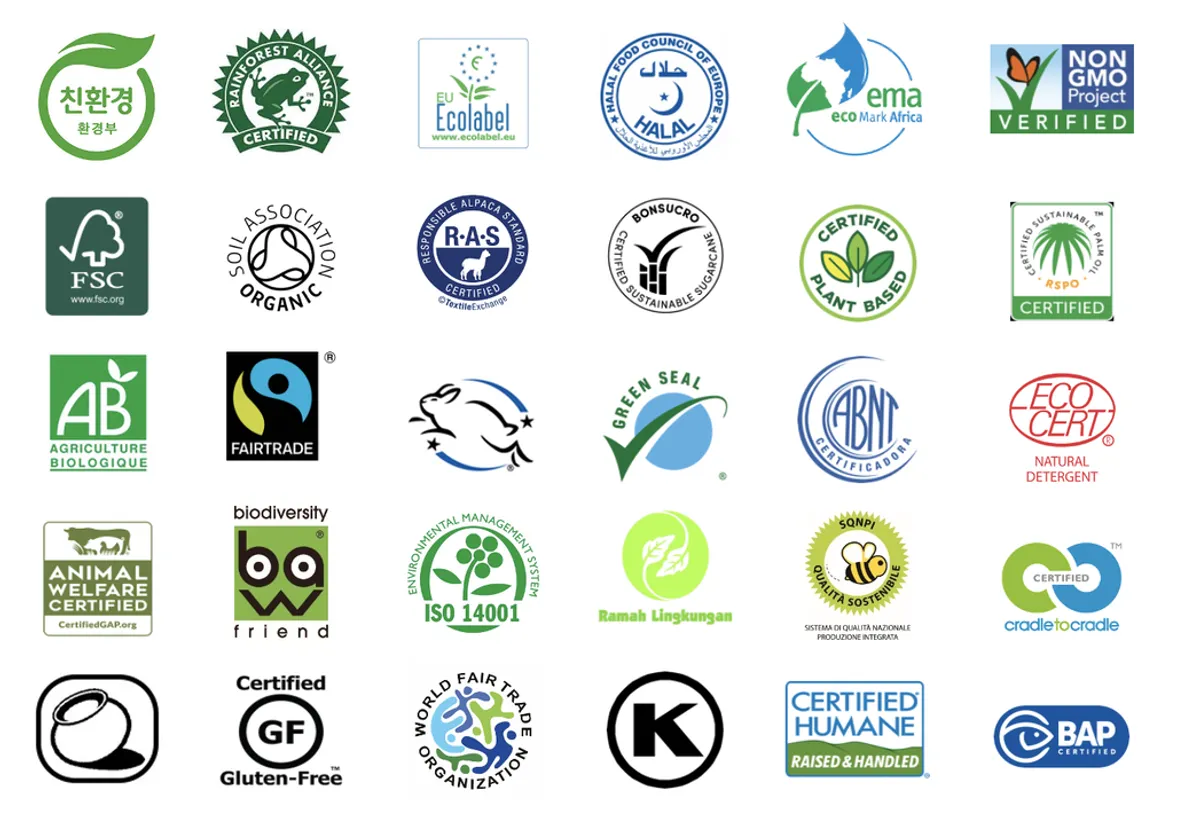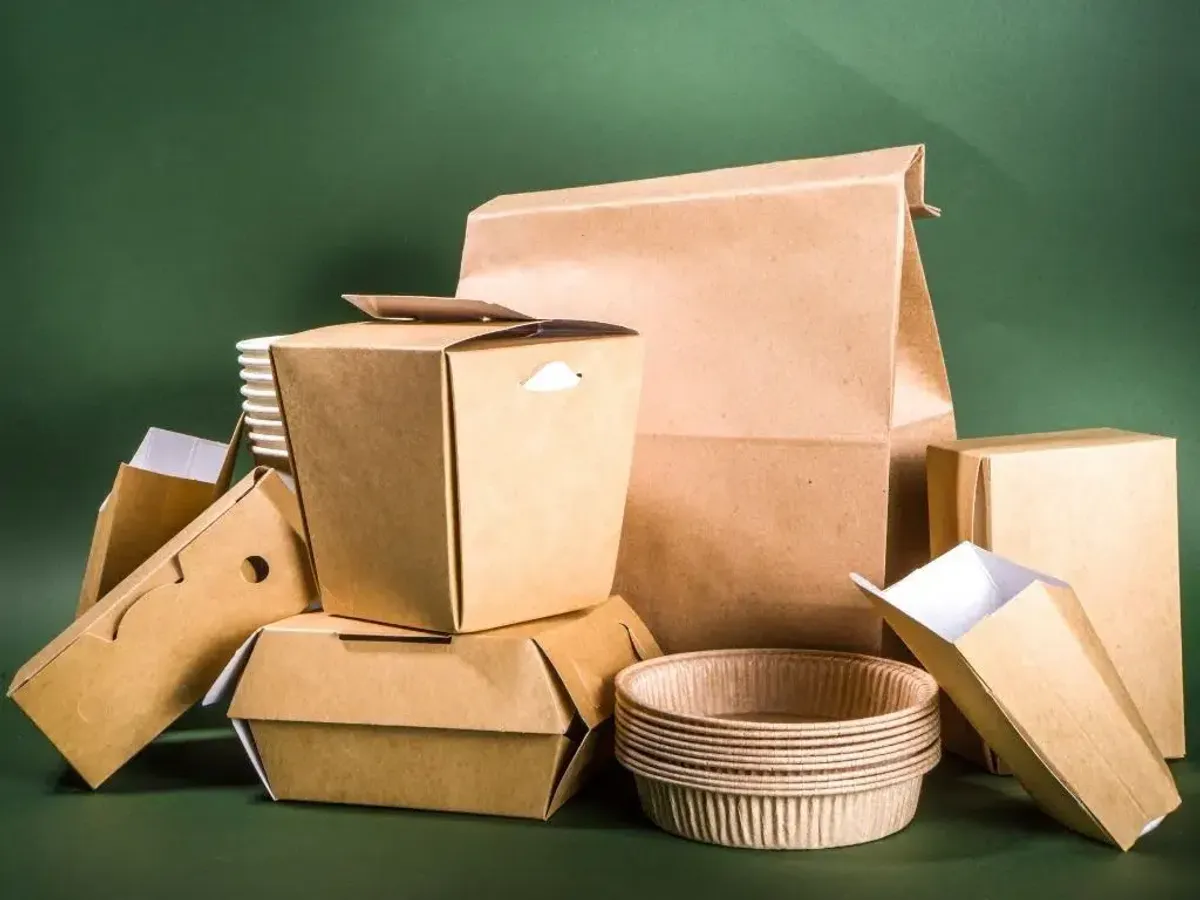
Touting the sustainable merits of packaging can invite increased consumer interest and virtues to brand reputation, which is why so many businesses happily promote their choices and spread awareness of their importance. Sustainability is one of the highest priorities for consumers at present when choosing brands and products, a factor that has led some to make misleading claims about their products.
Proctor and Gamble’s Head & Shoulders shampoo bottles were criticised for being marketed as sustainable despite containing a blue dye that rendered them non-recyclable. L’Occitane’s Eco-Recharge refill range was also pulled up for being an unnecessary use of packaging despite claiming to reduce packaging waste generation.
More and more brands are accused of ‘greenwashing’, the deceptive use of sustainability marketing to persuade public opinion of their values and goals. How can consumers navigate the murky seas of sustainability in a world where consumers are urged to do the right thing? And how can authentically sustainable brands make it easier for consumers to trust them?
In this article, we will debunk sustainability certifications found in packaging design.

Image source: linkedin.com
Eco-labels are certifications applied when products meet specific quality standards for sustainability. The point of an eco-label is to indicate and inform consumers of specific environmental practices. Eco-labels can convey a range of messages, from how the packaging needs to be recycled to reducing packaging waste, and the choice of packaging materials. Generally, they portray these key attributes:
In the table below, see a comprehensive list of eco-labels found on UK packaging.
| Certification | Indicates |
| The Green Dot | The producer has made a financial contribution towards packaging recycling and recovery in Europe. |
| Forest Stewardship Council (FSC) | The packaging is made from paper or wood that comes from responsibly managed forests. |
| The Mobius Loop | The packaging is recyclable. If there is a percentage in the loop, this is the percentage of recyclable packaging. |
| EU Ecolabel | The product has a reduced impact on the environment throughout its lifecycle. |
| Carbon Trust Standard | The producer has reduced the carbon footprint of the packaging. |
| Seedling Logo | The packaging is industrially compostable according to the European standard EN 1343.2 |
| Plastic-Free Trust Mark | The packaging is free of plastic. |
| Rainforest Alliance | The packaging is made with sustainable practices that conserve biodiversity. |
| Fairtrade Mark | The packaging is made from ethically sourced materials and uses fair trade practices. |
| On-Pack Recycling Label | The product is recyclable. The label directs the consumer on how to recycle the product correctly. |
| Marine Conservation Society | The packaging is designed with minimal impact on marine environments. |
| Leaping Bunny | The product is made with respect to cruelty-free practices. |
| Soil Association Organic Standard | The product adheres to environmental standards. |
Designing packaging to promote a sense of sustainability and eco-consciousness through colours, shapes, imagery, and messaging are all elements that rely on the good faith of the consumer to take them to mean the product is sustainable.
But eco-labels prove a product (or its packaging) to be sustainable, held accountable and backed by a third-party quality assurance body. For this reason, their presence in the design could arguably be the most essential element when designing for sustainability.
Trust is crucial across all industries, with a heightened importance when health and safety are concerned. Food and beverage products are expected to follow stringent protocols to ensure they are safe and trusted to be ingested. Cosmetics and beauty brands must also reassure customers that their products won’t cause adverse effects when applied to the body.
Brand reputation is paramount in these instances, encouraging consumers to put their trust in an entity that cares deeply about the safety and wellbeing of its customers. Oftentimes, packaging is on the front lines of the battle to gain trust. What do you do when you pick up a bottle of baby food in the supermarket? Turn it over and read the label. Find out what’s inside and investigate whether the packaging backs up claims, provides important information, and demonstrates authority and trustworthiness. Packaging for food products and health and wellness must follow best practices.
Sustainability certifications act to a very similar end as health and safety signals on packaging. They say ‘the company that makes this product takes this seriously, so much so that they hold themselves accountable to a third party to check up on them and ensure they’re telling the truth’. They also say ‘this company cares deeply about this cause, more than just using green packaging to make it look eco-friendly. They’ve laid foundations that change how they work for the better’.
A joint study between NIQ and McKinsey found that consumers are more loyal to brands that demonstrate strong sustainability claims, such as reduction in waste, recyclable packaging, and minimal packaging. When consumers see that a brand backs its green claims with accreditation, it enhances brand perception. Now, customers see it as a brand with integrity and accountability.

Image source: earth.org
Sustainable certifications denote a strong foundation in green practices thanks to the concerted effort that goes into achieving accreditation. Sustainable materials, commitments to eco-conscious protocols and processes, and aligning goals with those that promote environmental and green policies all require significant measures, enough to say ‘we take sustainability seriously’.
So, how do brands obtain sustainability certifications? It’s unlikely any one business would have all the eco-labels listed in this article. Depending on your unique business, some certifications may be more impactful or appropriate than others. The process is different for each of the myriad certifications available, which have varying demands and expectations.
Generally, when seeking green certifications, businesses should expect the following.
First, you need to know where you stand concerning the goals you’re expected to meet. The criteria for certifications vary greatly, so it’s important to know exactly what’s required of the one you’re trying to attain. These could be anything from sourcing materials from certain sustainable suppliers, reducing waste by a certain percentage, or adjusting supply chain and labour practices to meet more ethical standards.
The certifying body should be able to provide you with clear criteria detailing what you need to do to apply for and achieve the certification. What follows should be a thorough internal investigation to understand how far the business is from reaching certain goals that fulfil these criteria and what measures need to be implemented to achieve them.
Being able to demonstrate your actions is vital if you want to prove you’re worthy of certification. As the business puts changes in place to work towards relevant sustainability metrics, keeping progress records and clearly showing changes and the effects of changes are essential steps on the path to certification. You will need to use this documentation when submitting your application for the certification, something that should be available via the certified body’s website.
Certification usually requires third-party auditing to prove you can demonstrate the practices that meet the relevant criteria. Third-party auditing is an intrinsic element that makes certification such a high-value trust signal. There’s no way to mislead customers about this type of claim. You are being held accountable by an authoritative certifying body.
Auditing may involve site visits, reviewing documentation, assessment of processes, and interviews with employees.
When a certification is awarded, it usually comes with a logo or a label that can be used on packaging, marketing materials, websites, and anywhere relevant to the brand. A certification is a highly influential mark of trust which can be leveraged to strengthen brand reputation wherever its impact is most effective. Some certifying bodies will provide brand guidelines and assets to ensure the fidelity of their logo or label, so it’s important you follow these.
Getting awarded a certification is a triumph, but it doesn’t mean your work is done. Most certifications aren’t permanent. They require regular reassessment in order to be renewed and maintained. This means the measures you put in place to attain certification must be themselves sustainable.
See below for how to apply for each eco-label and what you need to demonstrate.
| Certification | Where to Apply |
| The Green Dot | Follow guidance from PRO Europe on how to apply to use the Green Dot |
| Forest Stewardship Council (FSC) | Follow the steps on this PDF, starting with contacting FSC, who will assess whether your business is eligible to apply for the license. |
| The Mobius Loop | There’s no formal procedure to gain permission to use the Mobius Loop, but you should be able to support the associated claims if investigated. Follow this DEFRA document on how to back up claims. |
| EU Ecolabel | Follow this 7-step process to apply. |
| Carbon Trust Standard | The organisation has its own verification process to help businesses back up claims. |
| Seedling Logo | Follow these guidelines on how to apply for certification. |
| Plastic-Free Trust Mark | Apply here for information on how to attain specific labels. |
| Rainforest Alliance | Follow this guide on how to get approval to use the label. |
| Fairtrade Mark | Follow these four steps to certify a product for Fairtrade. |
| On-Pack Recycling Label | Apply for membership here. |
| Marine Conservation Society | Find out about corporate partnerships here. |
| Leaping Bunny | Follow the 5-step application process here. |
| Soil Association Organic Standard | Follow the labelling guide here. |
The future of packaging design is filled with eco-labels. Sustainable certifications and accreditations gain more and more traction all the time as consumers put more pressure and expectations on brands to spearhead green practices to win their loyalty. With the right approach, they can become more than a requirement to pull pace with competitors, intertwining with the story of your brand to create packaging that is memorable and recognisable as a beacon of trust in a sea of uncertainty.
If this sounds like the next step for your brand, we’re ready to help you get on board. Noramble is an independent packaging designer with eyes on sustainable packaging practices. Let us help you show off your products in the packaging they deserve.